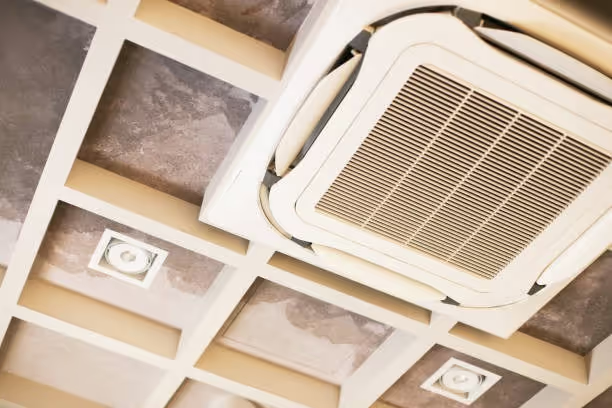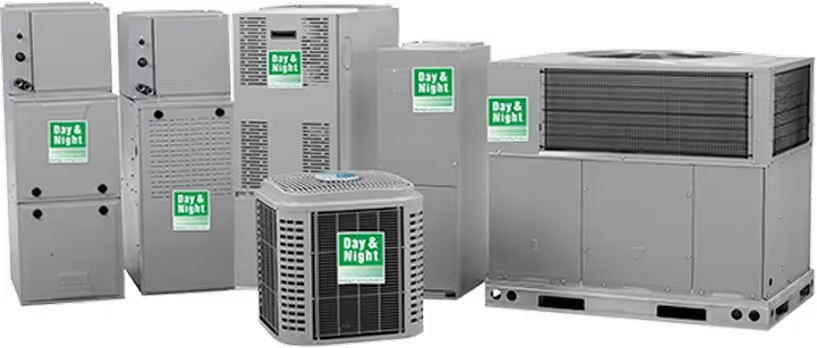Mini split (ductless) systems offer an efficient and adaptable solution for the cooling and heating needs of Atascadero residences and small enterprises. Given the region's hot inland summers, cool coastal evenings, and notable daily temperature fluctuations, ductless systems provide targeted comfort while minimizing energy loss associated with traditional ductwork. We cover practical advantages, system options, sizing guidance, installation procedures, common repairs and maintenance, energy efficiency considerations, and anticipated timelines and incentives specific to Atascadero, CA.

Why choose a mini split in Atascadero, CA
- Zoned comfort for variable climates: Mini splits let you control temperatures room-by-room, which is ideal for Atascadero houses where upstairs and downstairs living areas often need different cooling and heating.
- No ductwork required: Older homes in the area with limited or no ductwork gain modern HVAC performance without invasive remodeling.
- High efficiency and lower operating costs: Modern inverter-driven mini splits adapt compressor speed to demand, reducing electricity use during mild shoulder seasons common to the Central Coast.
- Quiet operation and improved indoor air: Indoor units are quiet and can be combined with filtration options to help with dust and airborne irritants that can increase during dry, windy periods.
Common mini split applications in Atascadero homes
- Room additions, garages converted to living space, or workshops where extending ductwork is impractical
- Whole-home multi-zone setups for two-story or larger homes
- Supplemental heating for bedrooms or home offices to avoid heating the entire home
- Vacation properties or rental units that need independent temperature control
Indoor and outdoor unit options
Indoor units come in several styles to match layout and aesthetics:
- Wall-mounted units - compact, most common for bedrooms and living rooms
- Ceiling cassette units - centralized, unobtrusive for open plans and commercial spaces
- Floor-mounted units - good for rooms with limited wall space or high ceilings
- Concealed duct units - allow a more traditional look while keeping duct lengths very short
Outdoor condensers vary by capacity and zoned ability:
- Single-zone condensing units for one indoor unit
- Multi-zone condensing units to support 2 to 8+ indoor units, depending on brand and model
- Heat pump designs for both heating and cooling year-round performance
Multi-zone configurations and planning
- Single-zone: one outdoor unit matched to one indoor head; best for one room or small addition.
- Multi-zone: one outdoor unit supports multiple indoor heads; allows independent control in each zone.
- Considerations: line length limits, combined capacity, and placement of the outdoor unit relative to indoor heads to avoid efficiency losses in long runs.
Sizing and load calculation guidance
Proper sizing avoids short cycling, poor humidity control, and wasted energy:
- Load calculation: a Manual J style heat gain/loss calculation considers orientation, insulation, window size, occupancy, and local climate. For Atascadero, pay attention to strong solar gains in west- and south-facing rooms.
- Common mistake: oversizing to "cool faster" leads to inefficient operation. Mini splits should be sized to match calculated load per zone, not just room square footage.
- Professional assessment: an on-site evaluation provides accurate recommendations for capacity, head placement, and refrigerant line routing.
Step-by-step installation process (typical)
- Site assessment and load calculation to determine zones and unit sizes.
- Unit selection and layout planning, including line set routing and condensate drain path.
- Obtain permits where required by local building codes and utility rules.
- Mount indoor units and install outdoor condenser on pad or bracket.
- Run refrigerant lines, electrical, and condensate drain between indoor and outdoor units.
- Evacuate and charge refrigerant system, test pressures and electrical connections.
- Configure controls, balance airflow, and demonstrate operation and controls.
- Final inspection if required by local authorities.
Typical installation time:
- Single-zone replacement or new install: usually 1 day on site after permitting.
- Multi-zone systems: 1 to 3 days depending on complexity and number of indoor heads.
- Permitting and scheduling can add 1 to 14 business days depending on agency and season.
Common repairs and maintenance tasks
- Filter cleaning or replacement: essential every 1 to 3 months depending on use and indoor air quality.
- Refrigerant leaks: signs include loss of cooling, ice on lines, or hissing sounds. Leaks require leak detection, repair, and proper recharge.
- Electrical faults: tripped breakers, failed capacitors, or control board issues can stop a head from operating.
- Condensate drain clogs: cause water to back up into indoor units; periodic drain cleaning prevents overflow and mold.
- Compressor or inverter issues: less common with quality brands but require professional diagnostics.
- Routine maintenance: biannual tune-ups (before cooling and heating seasons) extend system life and preserve efficiency.
Energy-efficiency considerations and brand recommendations
- Look for systems with high SEER and high HSPF or COP ratings for efficient cooling and heating. Variable-speed inverter compressors deliver the best seasonal performance.
- Mitsubishi is a top-recommended brand for ductless systems due to reliable performance, advanced inverter technology, and wide multi-zone options. Other reputable brands also offer strong efficiency and support.
- Smart controls and scheduling reduce wasted runtime. Wi-Fi-enabled controllers allow temperature setbacks and zone scheduling to match daily routines.
- Consider insulation and window shading upgrades at the same time for improved results in Atascadero’s sunny summer climate.
Financing, rebates, and expected timelines
- Incentives: homeowners in California may qualify for state and utility incentives, and federal tax credits may apply for qualifying heat pump systems. Local energy programs sometimes offer rebates for high-efficiency heat pumps or whole-home electrification.
- Financing options: many homeowners use home improvement loans, energy-efficient mortgages, or contractor financing to spread costs over time.
- Timeline overview:
- Initial consultation and site survey: 1 to 7 days to schedule
- Permitting: 3 to 14 days depending on local jurisdiction and season
- Equipment lead time: variable, commonly 1 to 4 weeks for in-stock units; longer if specific models or multi-zone systems are ordered
- Installation: 1 to 3 days on site for typical projects
Final notes on long-term benefits and upkeep
A correctly sized and installed mini split in Atascadero, CA delivers precise comfort, lower energy use, and flexible zoning tailored to local climate patterns. Regular maintenance, timely repairs, and attention to controls will preserve efficiency and indoor comfort for years. When planning a ductless upgrade, prioritize accurate load calculations, high-efficiency equipment from established manufacturers like Mitsubishi, and professional installation to maximize lifespan and performance.

Schedule Expert Service

Featured Manufacturer
Discover the innovative solutions offered by our featured manufacturer, known for their commitment to quality and excellence.

Customer Testimonials
Our customers consistently praise our exceptional service and professionalism. We are committed to exceeding expectations and delivering outstanding results.










